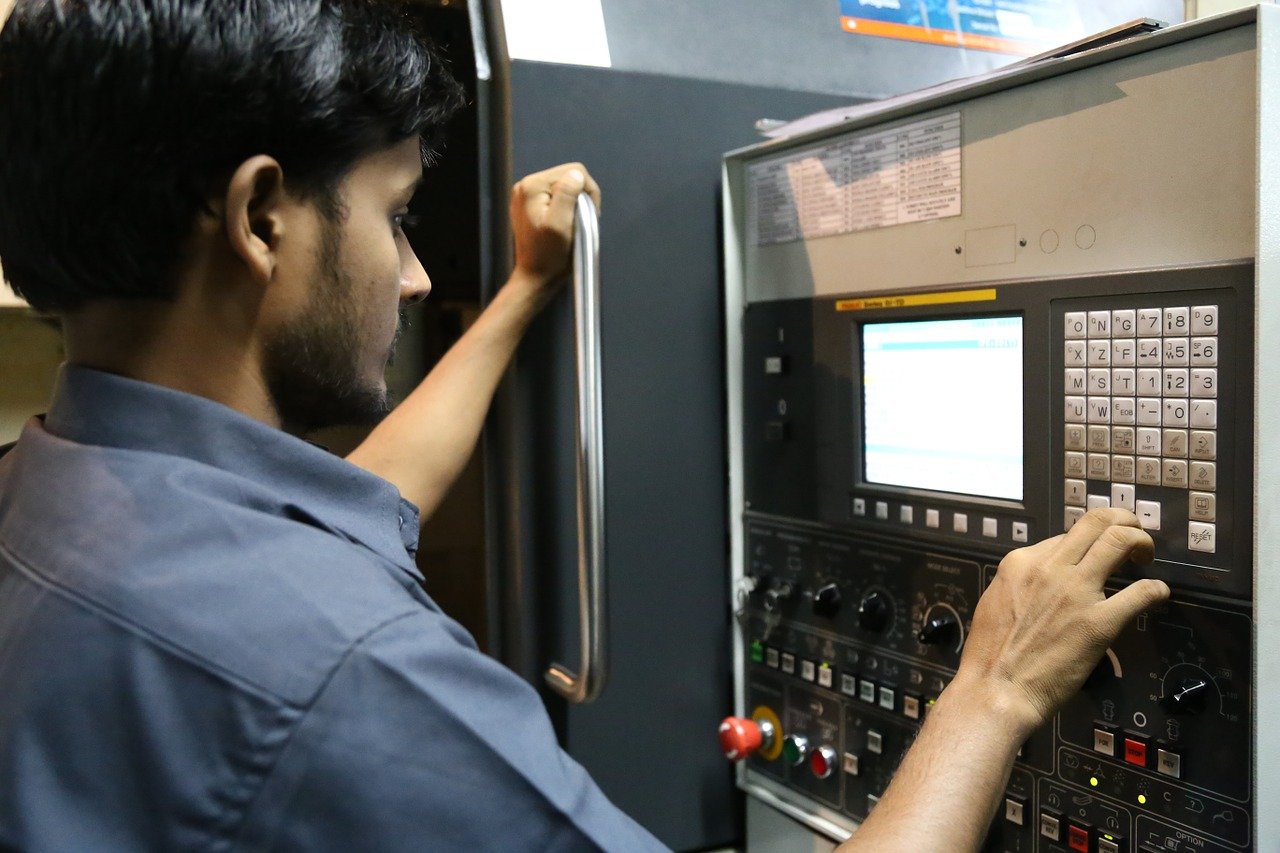Understand More About Predictive Maintenance and How It Can Help You

Predictive maintenance is a method that utilizes data analysis tools and strategies to identify anomalies in your operations and potential process and equipment failures so that they can be addressed before they lead to failure.
Ideally, predictive maintenance services singapore allow you to minimize maintenance frequency to avoid unwanted reactive maintenance without incurring the costs associated with excessive preventive care. Predictive maintenance uses real-time and historical information from various elements of your practice to identify problems before they occur.
Sensor Data Collection
Like condition-based maintenance, predictive maintenance utilizes condition monitoring devices to assess damage and effectiveness in real-time. Although specialists continuously monitor the force as part of this maintenance method, they cannot always detect internal problems. Without interrupting productivity, an infrared imager evaluates the temperature profile to protect it from overheating and failure. Evaluating the voltage and current supplied to a motor is essential. This helps to find problems with the cable tray, as well as problems with belts and couplings.
Learning Systems

Machine learning systems perform predictive analysis and highlight patterns in sensor data. Technicians compare the automatically generated information with plant events and select designs to be detected. Machine learning patterns are not machine-specific and can be used throughout the plant. There is no need for a project maintenance function in this version, so there is no need to deploy engineers and IT staff properly. Most predictive maintenance options sold today fall into this category.
Return of Investment
Predictive maintenance has many advantages for companies. The first is that it offers a fantastic return on investment and can save your company a lot of money. While predictive maintenance is a great practice and can certainly be less expensive than reactive maintenance (when a system fails), it can still result in unnecessary downtime and costs. Predictive maintenance is applied because we don’t know when a machine is likely to need maintenance, overhaul, or component replacement. We can anticipate when a machine will need to be repaired with predictive maintenance, thus reducing recurring costs.
Whether predictive care works for you depends on the scale at which you want to use it. Complex systems for multiple machines can be expensive, and while prices are coming down as technologies become more available, companies that want to use a system should do so wisely.
Bottom Line
The benefits of predictive maintenance translate into significant cost savings and increased revenue for companies managing large assets. However, predictive maintenance is not yet widely used because it is pretty difficult to access timely and comprehensive information on asset conditions. Gaining predictive insights enables several value-added capabilities that improve maintenance operations and help professionals optimize their asset verification, equipment repair, and on-site support decisions.…


 The first thing when it comes to effective marketing strategies is to identify your target audience. This is important because if you advertise your products to people who do not have the need for the products, you will just be wasting your time and resources. Knowing your target audience will go along in ensuring that your advertising and marketing strategies have an effective impact on your business.
The first thing when it comes to effective marketing strategies is to identify your target audience. This is important because if you advertise your products to people who do not have the need for the products, you will just be wasting your time and resources. Knowing your target audience will go along in ensuring that your advertising and marketing strategies have an effective impact on your business. We are living in the world of technology. A good percentage of the world’s inhabitant have access to the technology. What this therefore means is that if you want to cover a wide market, then you need to employ technology. If you do not have a website that you can use for advertising, it is high time you consider having one. Also, it is good to understand that many people are using social media for different purposes. So if you can find a way of reaching such people, then you would have made it as far as business marketing is concerned. You can make use of advertising agents for assistance. You can check out business radio malaysia as it can be of great help.…
We are living in the world of technology. A good percentage of the world’s inhabitant have access to the technology. What this therefore means is that if you want to cover a wide market, then you need to employ technology. If you do not have a website that you can use for advertising, it is high time you consider having one. Also, it is good to understand that many people are using social media for different purposes. So if you can find a way of reaching such people, then you would have made it as far as business marketing is concerned. You can make use of advertising agents for assistance. You can check out business radio malaysia as it can be of great help.…
 the need of hiring an animal control expert. An expert has skills required in handling different types of animal infestation. More to this, he or she has been in the field for quite some time, and this too makes them a perfect option. That said, you should consider a professional control company.
the need of hiring an animal control expert. An expert has skills required in handling different types of animal infestation. More to this, he or she has been in the field for quite some time, and this too makes them a perfect option. That said, you should consider a professional control company. Getting rid of animals can turn out to be unsafe if you lack the skills to do it right. Thus, you should not risk your safety. Hire a professional company and be sure of having the animal will be removed without causing safety concerns to either homeowners or the experts.
Getting rid of animals can turn out to be unsafe if you lack the skills to do it right. Thus, you should not risk your safety. Hire a professional company and be sure of having the animal will be removed without causing safety concerns to either homeowners or the experts.
 y people as they are portable and used to shield premises and properties against vandalism and theft. They are most efficient in preventing burglary because they are re-keyable and not re-keyable locks. They always come in handy for locking all small and large lockers and garages as the locks offer maximum security to all properties.
y people as they are portable and used to shield premises and properties against vandalism and theft. They are most efficient in preventing burglary because they are re-keyable and not re-keyable locks. They always come in handy for locking all small and large lockers and garages as the locks offer maximum security to all properties. cks
cks
